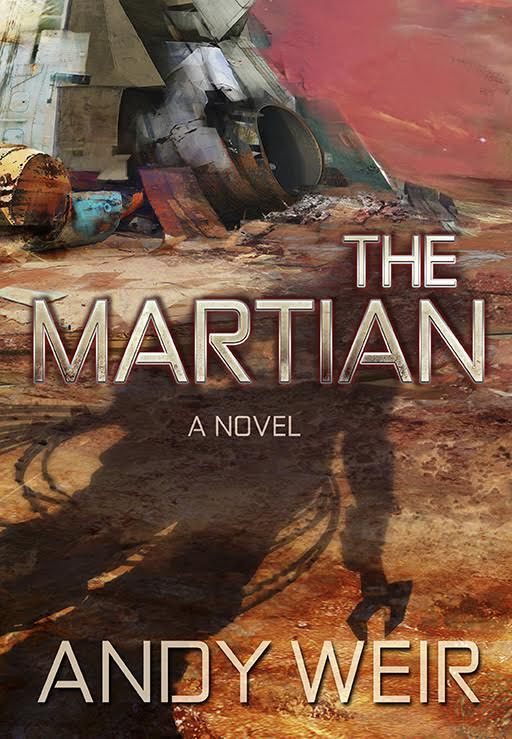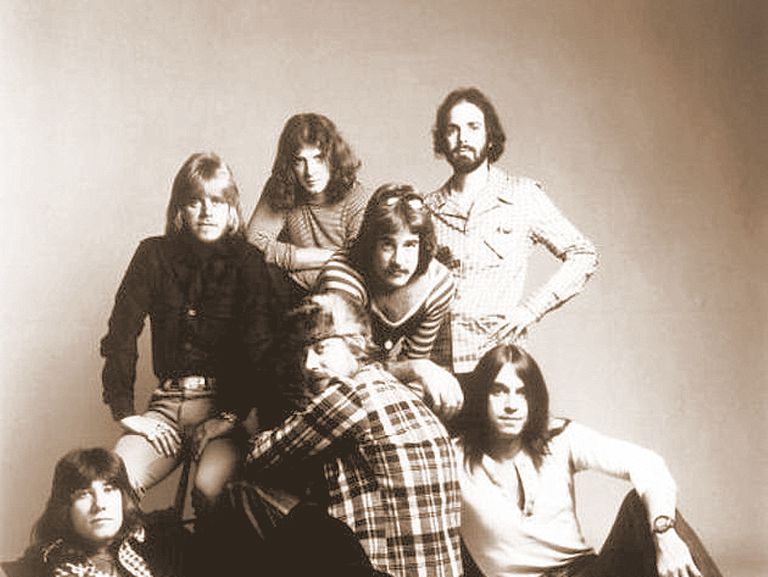- by Gitabushi
When I started playing Dungeons & Dragons, the full Alignment Chart was the norm. Good vs Evil, Law vs Chaos. Lawful Good was a straitlaced Bible Thumper (even though “Christian” wasn’t really a concept in the game), Chaotic Good was Robin Hood, Chaotic Evil was a serial killer, and Lawful Evil was Fascism.
Law = Order, and Chaos = Randomness, in the way our group understood it.
I always gravitated toward Chaotic Good. Ever since reading the Hardy Boys, I felt I identified with Joe, maybe because I was blonde as a kid, and he was impetuous, so impetuous seemed good to me, and impetuous is Chaotic. But, of course, I wanted to be a good person and do good things.
One of the fun moments was a flame war in the D&D community over Tarl Calbot’s alignment: when he turned complete selfish and amoral, was he Chaotic Evil, or True Neutral, Chaotic Neutral, or even Neutral Good. Without the internet, the arguments raged in the letters section across a half-dozen Dragon magazines. Good times, good times.
I guess I didn’t learn anything from that, but with a few more decades added to my life total, I now feel like “Neutral” is a dodge. Anything except for the most extreme stance could be seen as “neutral”. And who decides what “balance” between the two is? One of the compelling arguments about Cabot was, if I recall correctly, “If you really don’t care whether you do good or evil, aren’t you really just evil?”
While I was heavily into D&D, I read the Chronicles of Amber. This series was probably the first (and maybe only) book/series I’ve read that talked about universe-scale battles of Law vs Chaos that left an impression on me.
Before I continue, let me link some other mentions of Law vs Chaos you should consider checking out before continuing, because there’s a chance I might vaguely reference some of the things mentioned in these posts. And if don’t, they are still good posts, and I get paid by the word, so I might as well pad this out:
Three Thoughts on Three Hearts and Three Lions
One thing I got from Amber, and seems to be a theme in any book that talks about Law vs Chaos, is that Law is generally Good, and Chaos is generally bad. Law is order, predictability, security. Chaos is destruction, unexpectedness, insecurity. The takeaway from Amber is that they have been battling against Chaos taking over, but maybe Chaos isn’t all bad; without Chaos, there would be no growth, no change…everything would calcify and become static. Jeffro points out that “Chaos is not always synonymous with Evil”, and that’s about the best anyone says about it.
Okay, that was all build up. Because, as at least a few people expect, I’m here to say that Chaos is actually closer to good, and we should be saying that “Law is not always synonymous with evil.”
Part of it might be where you draw the line, where you see the neutral point, what you think moderation is.
But here’s what I think the key is: everyone is looking at it on a Macro level: the Universe. Forces. Everyone is one One Side or the Other.
That is a Law perspective.
Law is collective. Law is Authoritative. Law is an imposition of Universality.
From the Law perspective, you are either with us or against us. You will do what we tell you, or you’ll do what someone else tells you.
But what is the greatest original gift God gave to us? Yes, salvation via the Gift of His Son was the greatest gift ever, but I’m talking the original gift, the one that made the greater gift necessary.
Free Will. Agency. The ability to choose. This is what we have in common with God.
One of the problems with discussing Law vs Chaos, or even Good vs Evil, is when they are discussed in Manichean terms, as if they were opposite poles, with a midpoint that is neutral between them.
But as CS Lewis persuasively explains, Evil is not the opposite of Good, it is the absence of Good, like Dark is the absence of Light, or Cold is the absence of Heat. When the light is dim, you don’t say, well, there’s 10% light and 90% darkness. When you turn up the illumination, the darkness doesn’t resist. Where there is light, there is no darkness.
So you can’t really mix Law and Chaos. You can’t really moderate Law and Chaos. You can’t really find a balance point between Law and Chaos.
What you can do, perhaps, is see how they are two sides of the same coin.
We have the Wisdom of Crowds, where the average opinion of thousands of individuals is usually more correct than the most informed expert. I am still somewhat stunned regarding the old McDonald’s model: they knew that they could draw a circle, and if there were enough of the right type of family demographics within that circle, the McDonald’s would be successful. I don’t think I’ve ever seen a McDonald’s shut down (although I’m sure some have, if the area demographics changed too much). And they knew that once those demographics were met, they could pre-make burgers and fries and hold them for no more than 10 minutes, and still have to throw out minimal food, because they knew when people would be coming in to eat, and pretty much what they would order, to within +/- some incredibly low percentage.
On the other hand, we have Leftist Totalitarianism, where people seek power to impose authoritarian rules on others, and once doing so, the shortages and measures taken to maintain the social order make it impossible to figure out what the next shortage will be, or when the Secret Police will come for you or your family.
Putting this into a political context, you could say, “Who wouldn’t want Law & Order and reject Chaos and Anarchy?”
But I prefer to see it as, “Who wouldn’t want Agency? Who wouldn’t want individual rights? Who would want your options restricted to only the few approved ones allowed?”
To me, that’s the Law side of Law vs Chaos: you lose agency. You lose self-government. You lose options.
For freedom to mean anything, you need the freedom to fail, the freedom to make some wrong choices.
Since thinking of this, when I hear Law vs Chaos, I hear Collective vs Individual, Totalitarian vs Libertarian.
So instead of trying to moderate this on a macro level, as in, let’s have some laws and some freedom, and maybe they’ll balance out, I would prefer to find the balance on a micro level: I have agency and the liberty to do what I want, so I will self-govern and choose to exist in harmony with others who also self-govern.
Of course, that will be insufficient. People don’t always understand their own abilities and limits, and they often don’t have the empathy to see how their actions negatively impact others. Plus, on a micro level, people often try to impose order on their children, their subordinates, or people they feel have lower status than them (Law rears its ugly head!). So we do need government to to resolve those mistakes, misunderstandings, and issues.
However, we should see government as a necessary failure, a safety net that helps mitigate the failures of Chaos on an individual level.
Maybe that’s neutral, maybe that’s moderation. One of the eternal problems on questions like these is “Where do you draw the line?”, but that’s a topic for another day.
The point today is merely to get you considering the notion that perhaps Chaos is more synonymous with Good than Law is. I’m sure I’ve convinced no one. Hopefully, I’ve made you think.







